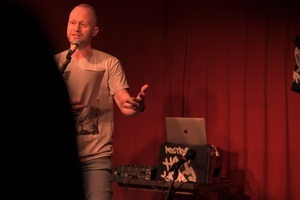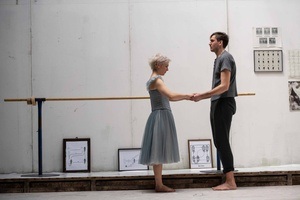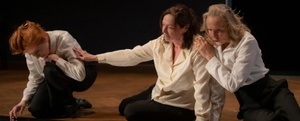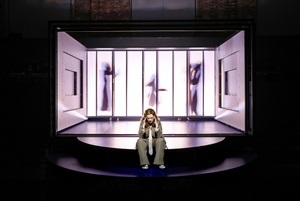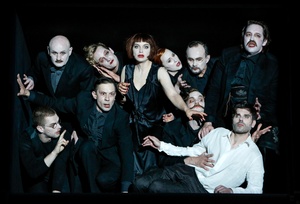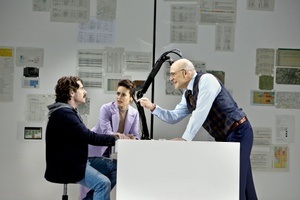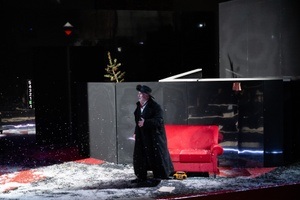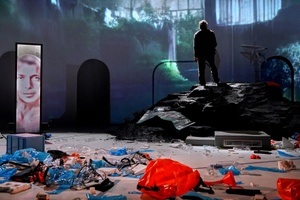TSCHAIKOWSKI-OUVERTÜREN
In the organizer's words:
For his abstract ballet, Alexei Ratmansky chose overtures by Pyotr I. Tchaikovsky, which he had composed at various stages of his life for performance in concert. In terms of content, all of the musical works are based on plays by William Shakespeare: Hamlet, The Tempest and Romeo and Juliet. Although Alexei Ratmansky did not create a narrative ballet, the narrative motifs from the three works appear again and again. In this way, Shakespeare's 'voice' forms the basis for both the dance action on stage and the score sounding from the orchestra pit. Traditionally, overtures are placed at the beginning of an opera or ballet and lead into the action. In Alexei Ratmansky's Tchaikovsky overtures, however, overture follows overture, so that each new beginning follows each new beginning. Interwoven in this is the basic promise of the theater to allow a new world to appear with each opening of the curtain. Using the means of classical and neoclassical ballet, Alexei Ratmansky's choreography continually refers to the history of the art of dance. In various eras, ballet has repeatedly had to literally fight for its survival. At the same time, there was always the hope that factual reality could be dissolved into something dance-like. The "fantasy overtures", as Tchaikovsky chose to call the genre of the orchestral works to be heard in the ballet evening, become ideal models for a ballet that also sees itself as a fantasy: a fantasy about the role of classical ballet in the present, the memories it carries with it and how it would like to shape its future.
This content has been machine translated.

